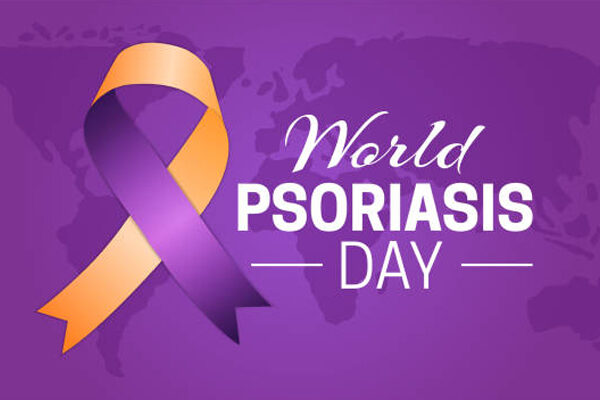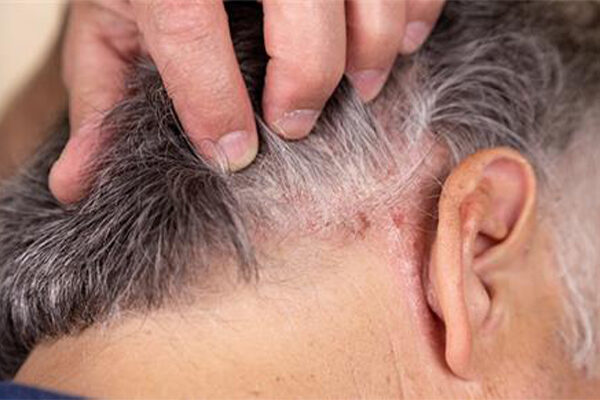
Before diving into medical definitions and scientific explanations, let’s pause this key thought: the way we label a condition often shapes how we perceive it. And when it comes to skin disorders that can influence self-esteem, perception matters as much as treatment.
The Historical Mix-Up: Why Are They Confused?
The word vitiligo dates to Roman physician Aulus Cornelius Celsus, who first described it in the 1st century CE. It became widely recognized as a condition involving depigmented skin patches with sharp borders. On the other hand, the term leukoderma comes from Greek roots meaning “white skin.” Historically, doctors often used it as a general descriptor for any condition that led to loss of pigmentation.
This overlap in naming explains why, even today, Leucoderma vs Vitiligo is a confusing pair. Many clinicians use the terms interchangeably, while others insist, they represent different conditions. For patients, this lack of clarity can feel frustrating—especially when searching for answers online or discussing treatment plans with doctors.
What is Vitiligo?
Vitiligo is a chronic skin condition where the immune system mistakenly attacks the pigment-producing cells of the skin, called melanocytes. As these cells are destroyed, patches of skin lose their natural color and turn milky-white.
- Onset and Progression: Vitiligo often appears first in areas most exposed to sunlight such as the face, neck, and hands. It can spread gradually over time, sometimes symmetrically (appearing on both sides of the body).
- Causes: While the exact cause is unknown, researchers link it to autoimmune responses, genetic predisposition, and sometimes triggering events such as stress or illness.
- Impact: Vitiligo affects about 1% of the global population, and though not life-threatening, it can cause immense psychological distress due to social stigma and self-image issues.
Explore Further: Albinism vs Vitiligo: Key Differences, Causes, and Symptoms
What is Leucoderma?
Leucoderma, on the other hand, is often described as acquired depigmentation that occurs following an injury or trauma to the skin. For example, a severe burn, cut, or chemical exposure may trigger localized destruction of melanocytes. Over time, a scar-like white patch forms, which is called leucoderma.
- Onset and Progression: Leucoderma is usually localized and begins after a specific physical event such as an accident or allergic reaction. It does not necessarily spread across the body the way vitiligo does.
- Causes: Potential causes include burns, chemical reactions, or congenital conditions like Waardenburg syndrome or tuberous sclerosis.
- Impact: Like vitiligo, leucoderma is not contagious or medically dangerous. However, its visible nature often impacts confidence and self-esteem.
Leucoderma Vs Vitiligo
| Aspect | Vitiligo | Leucoderma |
|---|---|---|
| Origin | Arises without external injury; linked to immune dysfunction or genetics. | Appears after physical trauma, burns, chemical exposure, or skin damage. |
| Progression | May spread over time, often symmetrically on both sides of the body. | Usually localized and confined to the area of trauma. |
| Appearance | Patches are typically milky-white with sharp edges. | Patches are whiter and tightly bound to scarred or injured skin. |
| Treatment Goals | Focus on re-pigmentation with phototherapy, medications, or camouflage. | In severe cases, depigmentation of normal skin may be done for uniformity. |
| Psychological Burden | Long-term uncertainty due to potential spread of patches. | Trauma-related distress since onset often follows accidents or injuries. |
Approaches to Treatment
While both conditions cause visible depigmentation, the treatment philosophy for each differs slightly. Understanding this helps patients make informed choices and prevents the frustration that arises from mismatched expectations.
You Might Like: Vitiligo and Diabetes: Understanding the Connection
1. Medications and Topical Therapies:
For vitiligo, doctors often recommend corticosteroid creams or calcineurin inhibitors to slow the immune attack on melanocytes. These treatments work best in the initial stages. In leucoderma, topical medications may also be tried, but their effectiveness depends heavily on how much damage the original injury caused to melanocytes.
2. Phototherapy:
Narrow-band UVB therapy is a well-known option for vitiligo patients, stimulating pigment cells to regenerate and spread. For leucoderma, phototherapy can sometimes assist re-pigmentation too, but results are less predictable since the damage is localized and often permanent.
3. Surgical Techniques:
In stubborn cases of vitiligo, skin grafting or melanocyte transplantation can be considered. Leucoderma patients may also benefit from grafting, especially when patches are confined to small areas. However, surgery brings tradeoffs—it may improve appearance but comes with risks like infection, scarring, or uneven pigmentation.
4. Cosmetic and Camouflage Options:
Cosmetic camouflage creams or tattooing can provide immediate confidence for people struggling with visible patches. For many, these are not “cures” but tools that ease day-to-day social interactions. Both conditions benefit equally from these approaches.
5. Depigmentation Therapy:
In severe cases of vitiligo where most of the body is affected, doctors sometimes use depigmentation therapy to lighten the remaining normal skin so the tone looks uniform. Leucoderma patients with large areas may also pursue this option, though it is a lengthy process requiring commitment and sun protection.
Challenges in Managing Skin Depigmentation
Treating either vitiligo or leucoderma is rarely straightforward. Even with modern techniques, several challenges persist:
- Unpredictable Outcomes: Not every patient responds to therapy in the same way. For some, patches improve quickly, while others may see minor change.
- Time Commitment: Phototherapy and topical treatments often require months, if not years, of consistent application. This can test a patient’s patience.
- Psychological Stress: Constantly monitoring the skin for new patches or recurrence can fuel anxiety. Patients often ask themselves whether the effort of treatment outweighs the emotional toll of waiting for results.
- Cultural Perceptions: In many societies, white patches are still stigmatized. Thus, treatment is not only about skin health but also about restoring dignity and social acceptance.
When considering Leucoderma vs Vitiligo, these challenges highlight the importance of balancing realistic medical goals with emotional well-being.
How to Differentiate Between Vitiligo and Other White Patches
While we have focused on Leucoderma vs Vitiligo, it is equally important to recognize that not all white patches are related to these conditions. For instance:
- Fungal infections (like tinea versicolor): Often temporary and respond to antifungal treatment.
- Pityriasis alba: Common in children and usually fades with time.
- Nutritional deficiencies: Lack of certain vitamins can sometimes mimic depigmented patches.
Final Thoughts
The discussion of Leucoderma vs Vitiligo is not just about identifying medical distinctions. It is about understanding that while both lead to visible skin changes, the human experience behind them is far more layered. From the historical misunderstandings of white patches to modern advances in dermatology, one thing has become clear: these conditions may alter skin, but they do not define worth, beauty, or potential.
Empowering patients with knowledge about the difference between vitiligo and leukoderma ensures they can make better treatment decisions, advocate for themselves, and extend empathy to others facing similar challenges. Whether through science, community support, or personal acceptance, the path forward is not about erasing identity—it is about reclaiming confidence.





